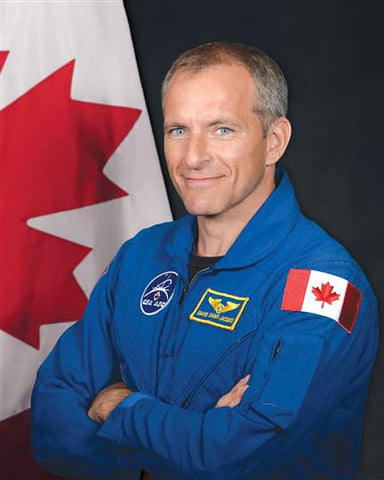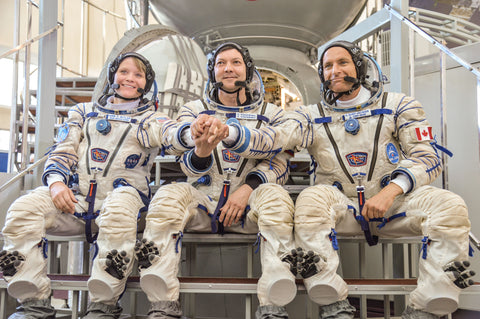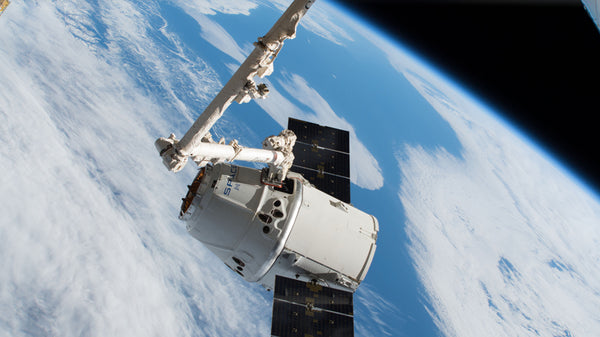Canadian Astronaut Sideboard Social
Welcome back to the blog!
We're taking a little off-topic adventure at Trailer Blocks: The Canadian Astronaut Sideboard Social. In this article, we wish to acknowledge and pay homage to some of the exciting developments underway at The Canadian Space Agency (CSA) and take a look at some of the people who make it all possible.

First off, many are familiar with Canadian friend Chris Hadfield, past commander of The International Space Station and spacewalker.

Hadfield commanded the I.S.S. in 2013 before his return to Earth, the first Canadian to do so. He also gained further notoriety via social media with his widely popular rendition of David Bowie's "Space Oddity" which garnered over 40 million views on Youtube, turning him into a Canadian cultural icon practically overnight.
Upon his return, Hadfield wrote an autobiography and went on many speaking engagements further expanding on his experiences onboard the I.S.S. as well as highlighting the importance of space travel to humanity. Commander Hadfield's contributions to increasing the public's investment in space news and developments cannot be understated.
You can read more about Chris Hadfield at: http://www.asc-csa.gc.ca/eng/astronauts/canadian/former/bio-chris-hadfield.asp
Less known but equally heroic is relative CSA newcomer David Saint-Jacques.

Saint-Jacques is part of the first team to fly the Soyuz rocket-pod again after the mission MS-10, carrying American Nick Hague and Russian Aleksey Ovchinin, suffered a stage 1 booster failure and subsequent launch abort earlier this year.
David flew aboard Soyuz mission: MS-11 with American Anne McClain and Russian Oleg Kononenko and successfully reached man's most remote outpost on December 3rd 2018.
You can read more about David Saint-Jacques over at: http://www.asc-csa.gc.ca/eng/astronauts/canadian/active/bio-david-saint-jacques.asp

SpaceX followed-up with Mission CRS-16, launching the Dragon spacecraft into orbit and then rendezvousing with the ISS orbiting laboratory. Apparently, the Dragon brought Christmas treats for the holiday season to be enjoyed and celebrated in space!

Cool footage of the Dragon Rendezvous from SpaceX can be found here: https://www.youtube.com/watch?v=fDJ6A-0jpkE
We're also closely watching the developments of Canada's only commercial spaceport with hopeful interest.The site will be located near Canso, Nova Scotia on Canada's eastern shores.

Canada stands at an important juncture in its national development where advancement in domestic aircraft production has been widespread but the development of spacecraft has been lacking.
It is of vital importance that humanity becomes a space-faring civilization and it's our responsibility to contribute to that long-term goal, no matter the size of that contribution.

Share your thoughts below on how Canada can become more advanced in space, we welcome you to join the story and comment. Thanks for your interest!




